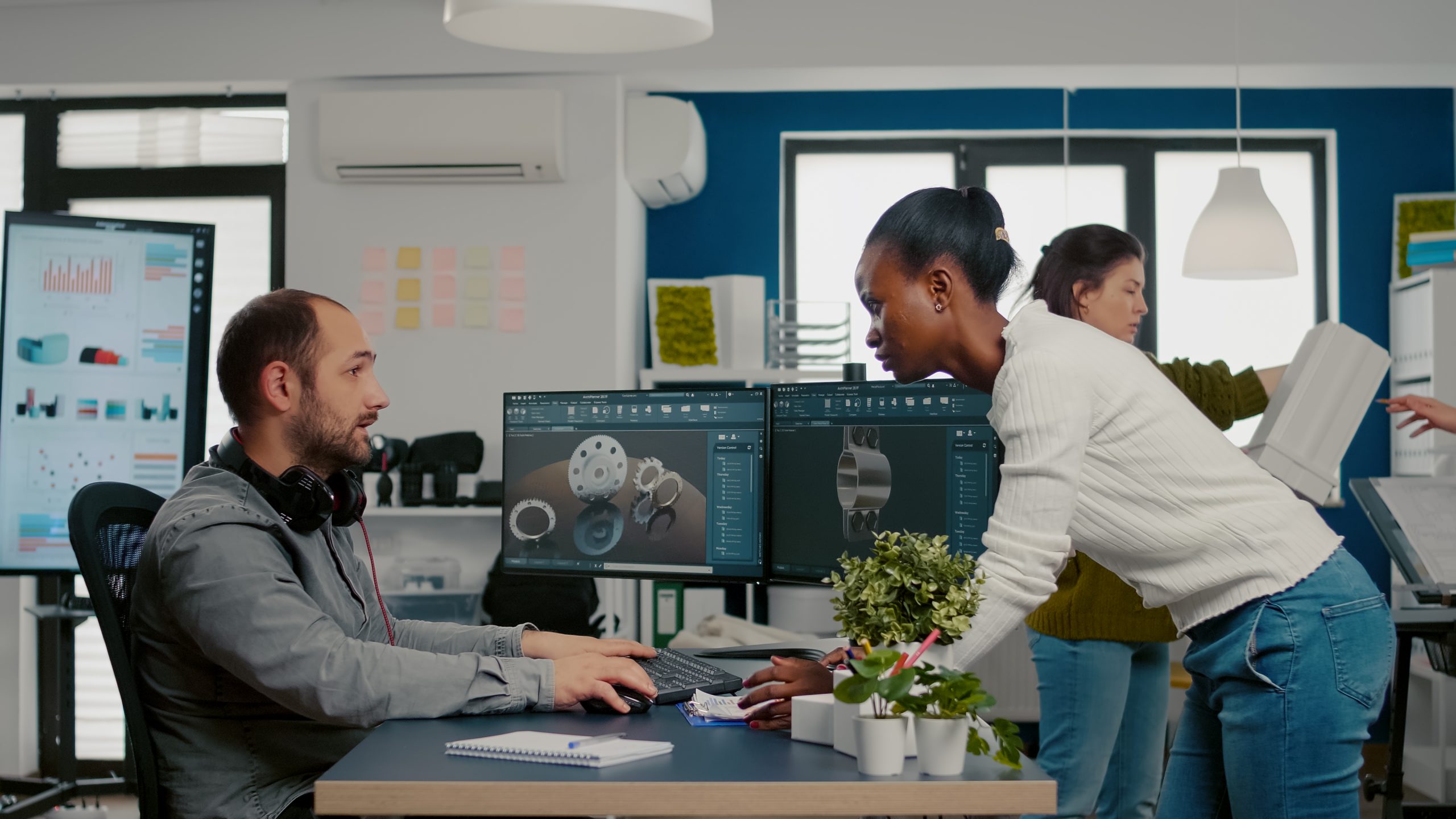
3D Modeling Programs for Beginners: Free and Easy-to-Learn Tools
The world of 3D Modeling has grown immensely popular, with applications in gaming, animation, architecture, and product design. Whether you’re a hobbyist or aspiring professional, starting with beginner-friendly tools is essential to learning the basics. This guide explores free and easy-to-learn 3D modeling programs that help newcomers step into the world of 3D design with confidence.
For individuals new to this creative field, ALCADS provides valuable resources to enhance your journey with practical advice and insights into industry tools.
What Are 3D Modeling Programs?
3D modeling programs are software applications used to create three-dimensional objects. These objects can be visualized, edited, and rendered for various purposes, including virtual simulations, physical prototyping, and digital presentations. For beginners, the right program combines simplicity, intuitive controls, and features that gradually introduce them to the broader possibilities of 3D design. These tools form the foundation of your journey into this exciting domain.Why Choose Beginner-Friendly 3D Modeling Programs?
Starting with complex software can be overwhelming, leading to frustration or loss of interest. Beginner-friendly tools provide:- Ease of Use: Intuitive interfaces and simple navigation make learning fun and engaging.
- Affordability: Many beginner tools are free, reducing financial barriers.
- Scalability: Once you master the basics, many programs offer advanced features to grow with your skills.
- Compatibility: Programs often support exporting files to professional 3D creation software, ensuring continuity as you progress.
Top Free and Easy-to-Learn 3D Modeling Programs
1. Browser-Based Tools
- Accessible Everywhere: These tools can be used on most devices with internet access.
- Beginner-Focused Features: They offer guided tutorials and simplified interfaces to help you create your first 3D models.
- Collaboration Support: Work on projects with others in real-time.
2. Entry-Level Desktop Applications
Desktop applications designed for beginners typically have lightweight requirements and offer more features than browser-based tools.- Offline Access: Work on projects without relying on internet connectivity.
- Comprehensive Functionality: These programs provide more control over shapes, textures, and lighting, giving you a taste of advanced modeling techniques.
- Support for Rendering: Some desktop applications allow rendering your creations for high-quality presentations.
3. Open-Source Platforms
Open-source 3D modeling programs provide free access to the software’s features. They are an excellent choice for beginners who want to experiment without limitations.- Extensive Community Support: Open-source programs often have active user communities offering tutorials, plugins, and troubleshooting advice.
- Customizable Workflows: Tweak the software’s interface to suit your preferences as you grow your skills.
- File Compatibility: Open-source platforms frequently support file exports compatible with industry-standard software.
Essential Features to Look for in Beginner 3D Modeling Programs
When choosing a 3D modeling tool as a beginner, prioritize the following features: Intuitive Interface Look for programs with clean, uncluttered interfaces that allow you to focus on learning basic commands and functions. Built-In Tutorials Interactive tutorials or walkthroughs can significantly accelerate your learning curve by showing you how to use the software effectively. Drag-and-Drop Functionality Tools with drag-and-drop features make it easier to manipulate objects and experiment with designs. Customizable Templates Templates offer a starting point for your projects and help you understand how 3D objects are constructed. Export Options Ensure the program supports exporting your creations to file formats compatible with advanced 3D editing software for future use.Tips for Getting Started with 3D Modeling
Start Small: Begin with simple shapes and objects before attempting complex designs. Use Tutorials: Leverage tutorials available within the program or from online communities to enhance your skills. Practice Regularly: Consistent practice is key to mastering any new tool. Dedicate time daily to experiment and create. Join Communities: Participate in forums and groups where you can share your work, seek feedback, and learn from others. At ALCADS, we encourage beginners to build a strong foundation by mastering the basics and gradually exploring advanced techniques.Advantages of Using Free Tools
For beginners, free tools provide a risk-free way to experiment with 3D Modeling. Some key benefits include:- Cost Efficiency: You can explore 3D Modeling without making a financial investment.
- No Pressure: Without financial stakes, you can take your time to learn at your own pace.
- Diverse Options: Free tools come in various forms, allowing you to find the one that best suits your learning style.
